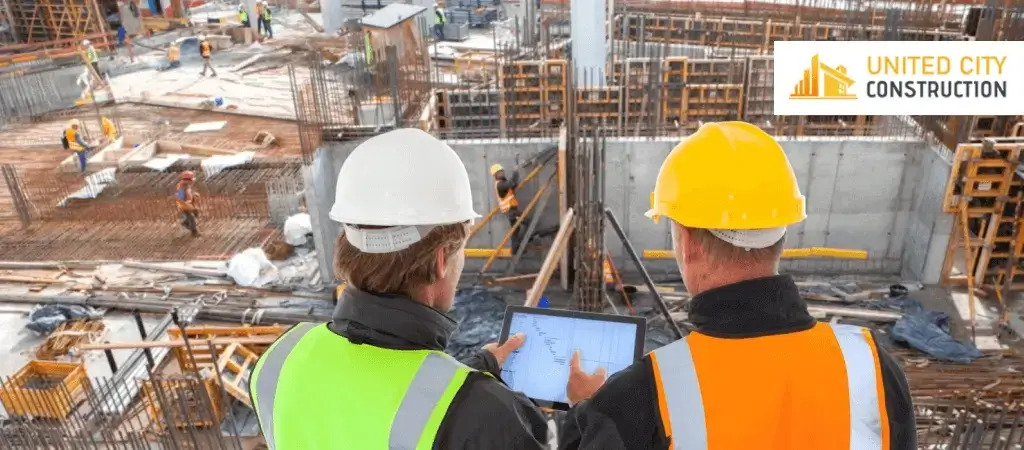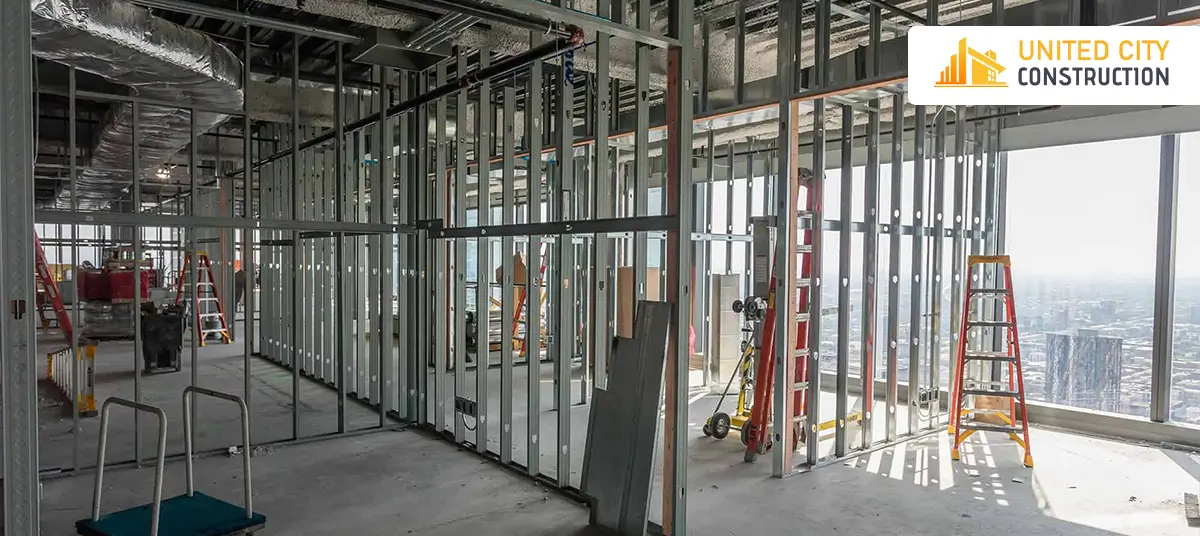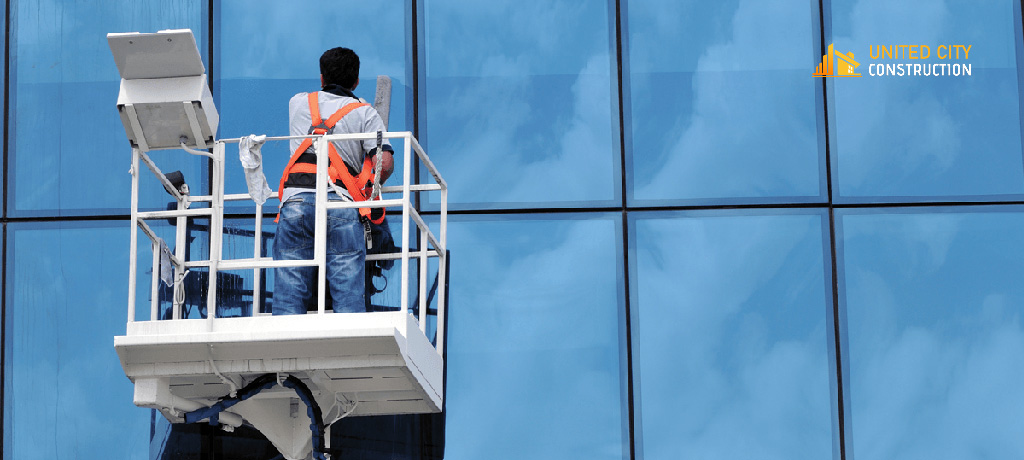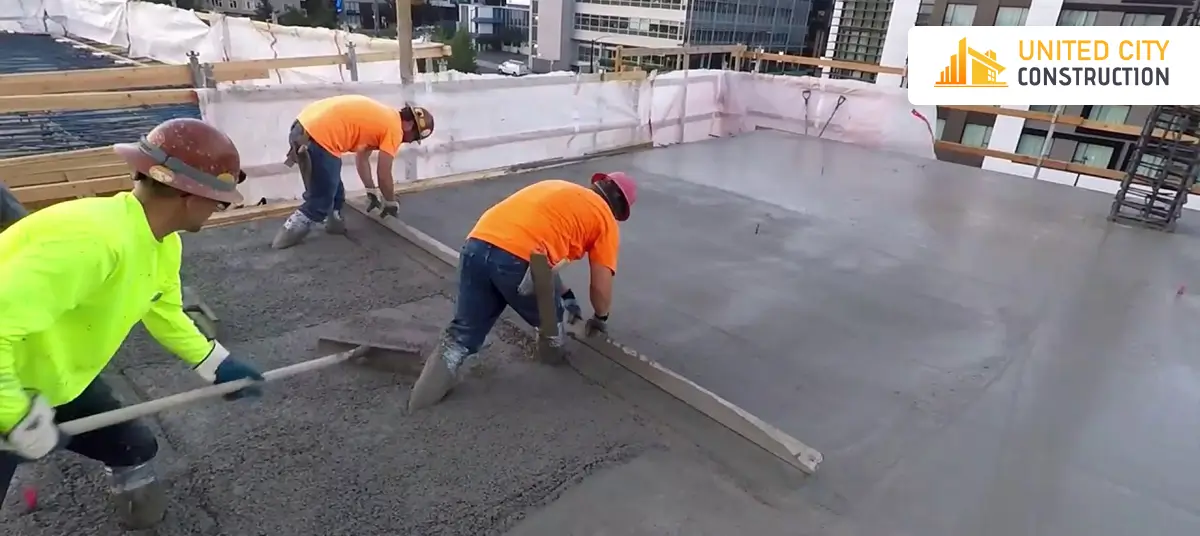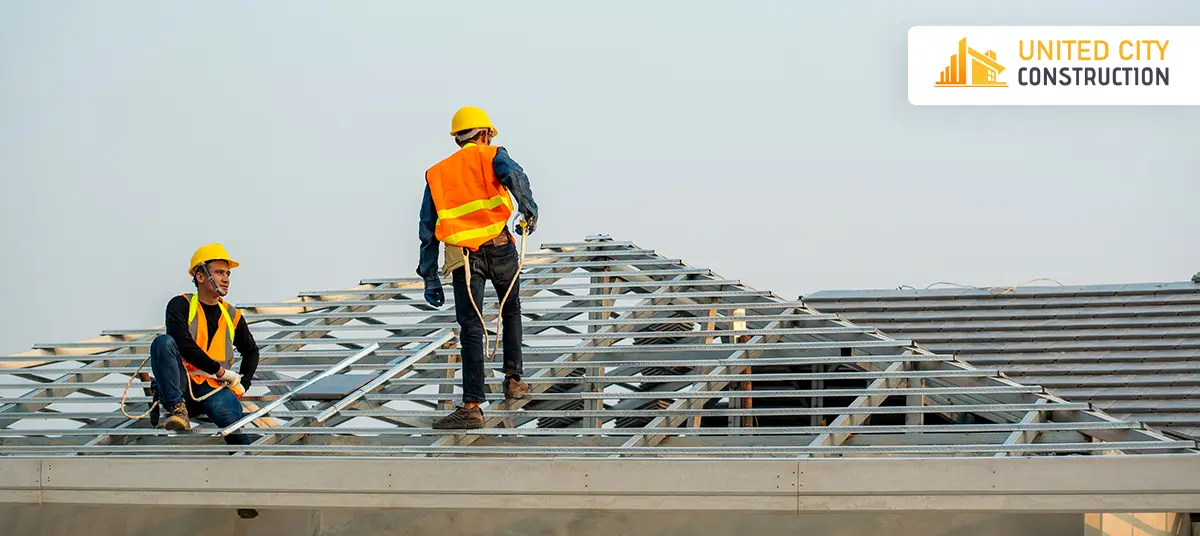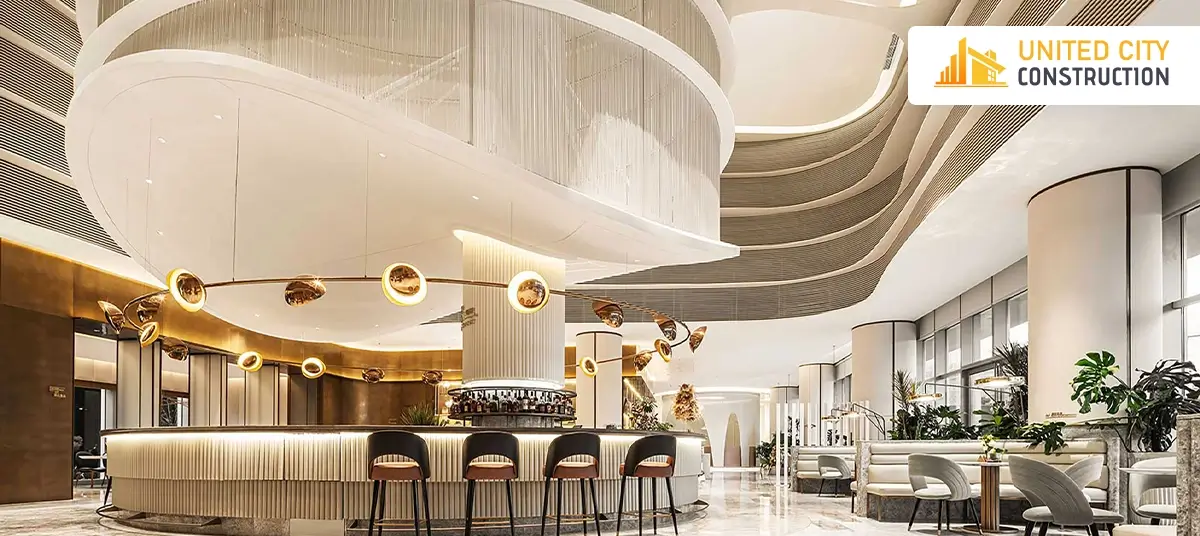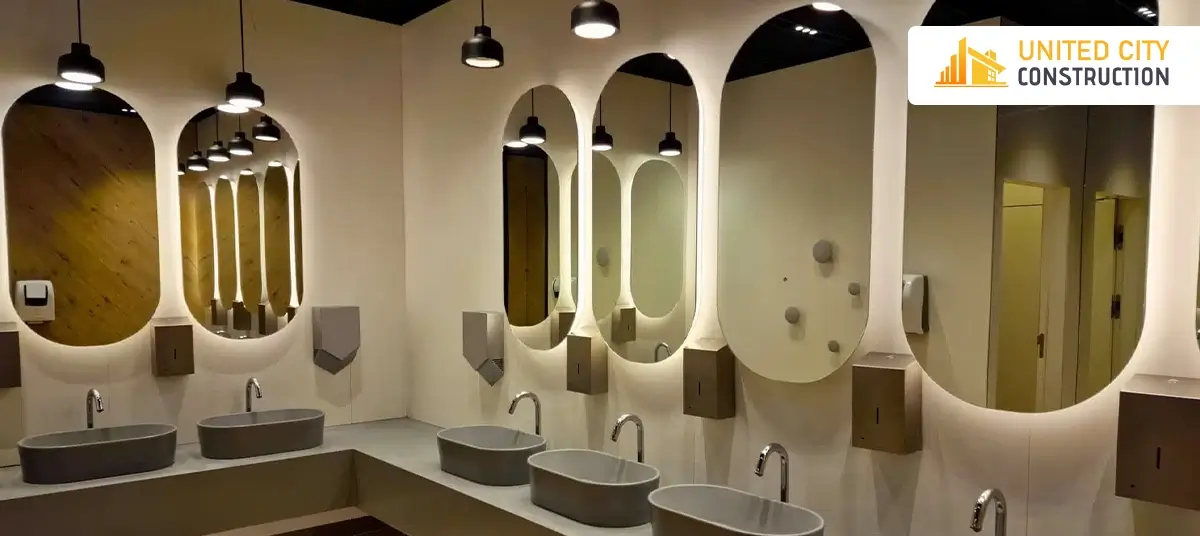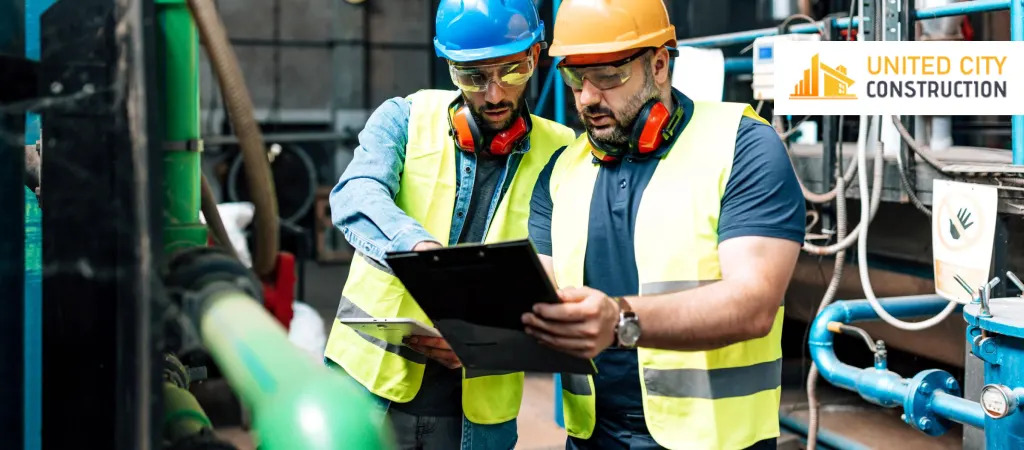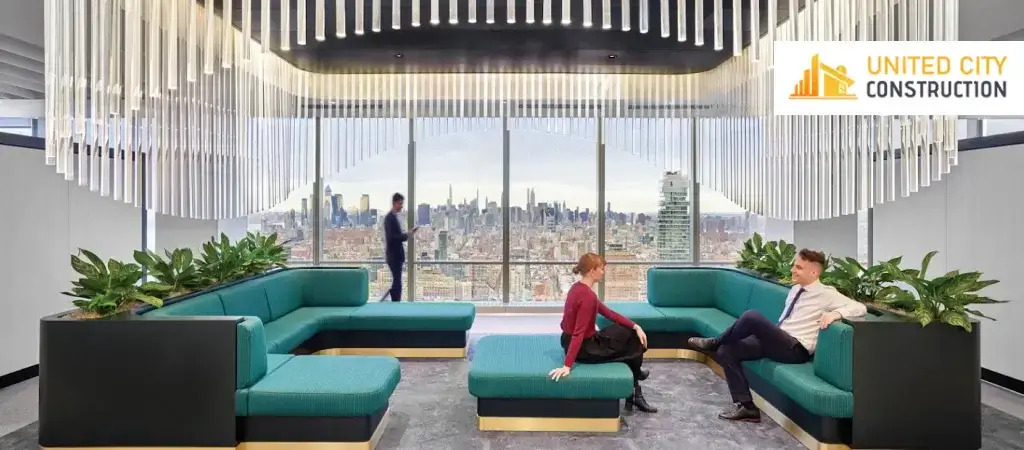5 Ways Concrete Contractors Can add value to your building
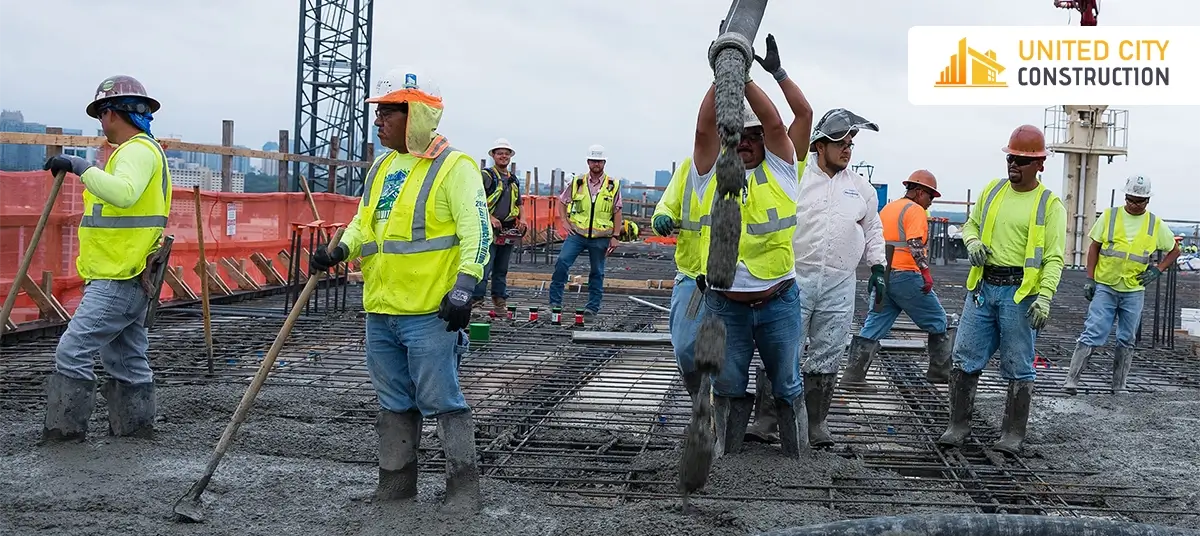
Concrete is the backbone of modern commercial construction, playing a crucial role in the foundation, structure, and aesthetic appeal of buildings. Whether you're developing a new office complex or renovating an existing retail space, the quality and expertise of your concrete contractor can significantly impact the overall success of your project. Concrete contractors bring specialized skills and knowledge that ensure commercial structures' durability, efficiency, and visual appeal. They offer much more than just pouring and finishing concrete; they add substantial value to your building through a variety of methods and techniques. In this blog, we'll explore five key ways concrete contractors can add value to your commercial building, making it a robust, efficient, and visually striking investment. Whether you're a commercial construction company, a commercial contractor in NYC, or a commercial building contractor in Queens, understanding these benefits can help you make informed decisions for your next project.
Ensuring Structural Integrity
One of the primary ways concrete contractors add value to your commercial building is by ensuring its structural integrity. The foundation and framework of any commercial structure must be strong and stable to support the building's weight and withstand external pressures. Here’s how professional commercial concrete contractors ensure this crucial aspect of construction:
- Concrete contractors possess the expertise to design and construct robust foundations tailored to the specific needs of your building. This includes understanding soil conditions, load requirements, and environmental factors that influence the foundation's stability.
- By employing advanced techniques and materials, they create foundations that prevent settling and cracking, which can compromise the entire structure.
- Reputable commercial concrete contractors use high-quality concrete mixes and reinforcement materials to enhance the strength and durability of the structure. These materials are selected based on the specific requirements of the project and the environmental conditions.
- The use of superior materials ensures that the concrete elements can withstand heavy loads, resist corrosion, and endure extreme weather conditions.
- Precision is key in concrete installation. Experienced contractors meticulously follow engineered plans and specifications to ensure that every aspect of the concrete work is executed flawlessly. This includes proper mixing, pouring, and curing processes.
- Accurate installation techniques prevent common issues such as air pockets, uneven surfaces, and weak joints, all of which can affect the building’s structural integrity.
- To further enhance the strength of concrete structures, contractors employ advanced reinforcement techniques such as rebar, post-tensioning, and fiber reinforcement. These methods distribute loads more evenly and improve the building's ability to withstand stress.
- Properly reinforced concrete structures are less likely to experience structural failures, ensuring long-term stability and safety.
- Ensuring structural integrity doesn’t stop at installation. Professional concrete contractors conduct regular inspections and quality control checks throughout the construction process. This includes testing the concrete mix, monitoring the curing process, and inspecting the final structure for any defects.
- By maintaining rigorous quality standards, contractors can identify and address potential issues early, preventing costly repairs and ensuring the building’s longevity.
Improving Energy Efficiency
Concrete contractors can significantly enhance the energy efficiency of your commercial building, leading to substantial savings on heating and cooling costs while contributing to a greener environment. Here's how professional concrete contractors achieve these energy-efficient benefits:
- Concrete has excellent thermal mass properties, meaning it can absorb, store, and slowly release heat. This natural characteristic helps regulate indoor temperatures by absorbing heat during the day and releasing it at night.
- Utilizing concrete's thermal mass reduces the reliance on heating and cooling systems, leading to lower energy consumption and costs.
- Insulated Concrete Forms (ICFs) are a construction method where hollow blocks or panels made of insulating material are stacked and filled with concrete. This combination provides both structural support and exceptional insulation.
- ICFs create a highly energy-efficient envelope for your building, reducing heat transfer and maintaining consistent indoor temperatures. This can significantly cut energy bills and improve the building’s overall energy performance.
- Using reflective or light-colored concrete surfaces for pavements, parking lots, and building exteriors can help reduce the urban heat island effect. These surfaces reflect more sunlight and absorb less heat, keeping the surrounding areas cooler.
- Cooler exterior surfaces reduce the heat load on the building, lowering the demand for air conditioning and enhancing overall energy efficiency.
- Concrete floors and walls can be integrated with radiant heating and cooling systems. These systems circulate heated or cooled water through pipes embedded in the concrete, providing efficient and evenly distributed temperature control.
- Radiant systems are more energy-efficient than traditional HVAC systems because they eliminate duct losses and provide comfortable temperatures at lower operating costs.
- Professional concrete contractors often use sustainable concrete mixes that incorporate recycled materials, such as fly ash or slag, and reduce the amount of Portland cement. These eco-friendly mixes not only reduce the carbon footprint of the construction process but also enhance the thermal properties of the concrete.
- Sustainable concrete contributes to the overall energy efficiency of the building by improving its thermal performance and reducing environmental impact.
Enhancing Aesthetic Appeal
Concrete is not just a foundational material; it can also be a versatile medium for enhancing the aesthetic appeal of your commercial building. Skilled commercial concrete contractors use a variety of techniques to transform plain concrete into visually stunning features that attract tenants, customers, and clients. Here are some ways they achieve this:
Decorative Concrete Finishes
- Stamped Concrete: This technique involves pressing patterns into freshly poured concrete to mimic the appearance of materials like stone, brick, or tile. Stamped concrete adds a sophisticated and customized look to walkways, patios, and entrances.
- Colored Concrete: By adding integral color or staining the surface, contractors can create vibrant and unique hues. This allows for a wide range of design possibilities that complement the building’s overall aesthetic.
Polished Concrete Floors
- High-Gloss Finishes: Polished concrete floors are achieved by grinding and polishing the surface to a high-gloss finish. This not only enhances the visual appeal but also creates a durable, low-maintenance flooring option that is ideal for high-traffic areas.
- Custom Designs: Contractors can embed decorative aggregates, glass, or other materials into the concrete to create custom designs and patterns. This level of customization can help reinforce branding and create a distinctive look for your commercial space.
Exposed Aggregate
- Textured Surfaces: Exposed aggregate concrete surfaces reveal the natural beauty of stones and pebbles within the concrete mix. This technique is popular for creating visually appealing and slip-resistant surfaces for walkways, plazas, and decorative walls.
- Design Versatility: The variety of aggregate colors and sizes allows for endless design possibilities, adding texture and interest to outdoor and indoor spaces.
Architectural Concrete
- Form Liners: Concrete contractors use form liners to create intricate patterns and textures on concrete surfaces. This technique can be used for walls, facades, and columns, adding a unique architectural element to the building.
- Precast Concrete Elements: Custom precast concrete elements, such as decorative panels, trim, and moldings, can be integrated into the building’s design. These elements provide both structural support and aesthetic value.
Integrating Greenery
- Planters and Green Walls: Concrete planters and green walls can be seamlessly integrated into the building’s design. These features not only enhance the visual appeal but also contribute to a healthier and more inviting environment.
- Sustainable Design: Incorporating greenery into concrete structures supports sustainable design principles, promoting biodiversity and improving air quality.
Increasing Durability and Longevity
Concrete contractors play a crucial role in enhancing the durability and longevity of commercial buildings. By employing advanced materials and techniques, they ensure that concrete structures can withstand the test of time and environmental stresses. Here are five ways in which professional concrete contractors achieve this:
High-Quality Concrete Mixes
- Material Selection: Commercial concrete contractors use high-quality materials, including cement, aggregates, and admixtures, to create durable concrete mixes. These mixes are designed to meet specific strength and durability requirements based on the building's needs.
- Customized Mix Designs: Contractors tailor mix designs to the specific conditions of the project site, considering factors such as load-bearing requirements, exposure to weather, and environmental conditions. This ensures optimal performance and longevity.
Proper Curing Techniques
- Controlled Curing Environment: Proper curing is essential for achieving the desired strength and durability of concrete. Contractors implement controlled curing environments to maintain the necessary moisture and temperature conditions.
- Curing Methods: Techniques such as wet curing, curing compounds, and insulated blankets are used to ensure that concrete cures evenly and reaches its maximum strength potential. This prevents common issues like cracking and surface defects.
Reinforcement Strategies
- Steel Reinforcement: Incorporating steel reinforcement, such as rebar and mesh, enhances the tensile strength of concrete structures. This reinforcement is crucial for withstanding dynamic loads and preventing structural failures.
- Fiber Reinforcement: In addition to traditional steel reinforcement, contractors may use fiber reinforcement, which involves adding synthetic or steel fibers to the concrete mix. This improves resistance to cracking and enhances overall durability.
Advanced Construction Techniques
- Post-Tensioning: Post-tensioning is a technique where steel tendons are tensioned after the concrete has been poured and cured. This method increases the load-bearing capacity of the concrete and reduces the risk of cracking and deflection.
- Shotcrete: Shotcrete, or sprayed concrete, is applied pneumatically to surfaces, providing excellent adhesion and density. This technique is particularly effective for complex shapes and structures, enhancing durability and reducing maintenance needs.
Protective Coatings and Sealants
- Surface Sealants: Applying sealants to concrete surfaces protects them from moisture, chemicals, and abrasion. Sealants help prevent water infiltration, which can lead to freeze-thaw damage and corrosion of embedded reinforcement.
- Epoxy Coatings: Epoxy coatings provide a durable, chemical-resistant barrier that enhances the longevity of concrete surfaces, particularly in high-traffic or industrial areas.
Ensuring Compliance with Regulations and Standards
One of the critical ways that commercial concrete contractors add value to your building is by ensuring compliance with all relevant regulations and standards. Adherence to these guidelines not only guarantees the safety and durability of the structure but also helps avoid legal and financial repercussions. Here’s how professional contractors ensure compliance:
Knowledge of Local Building Codes
- Up-to-Date Expertise: Commercial concrete contractors stay informed about the latest local, state, and federal building codes. This knowledge ensures that every aspect of the project, from design to construction, meets the required standards.
- Permitting Process: Contractors assist in obtaining necessary permits and approvals, ensuring that all legal requirements are met before construction begins. This streamlines the process and prevents potential delays.
Adherence to Industry Standards
- Concrete Quality Standards: Contractors adhere to industry standards for concrete quality, such as those set by the American Concrete Institute (ACI). These standards cover aspects like mix design, placement, curing, and reinforcement.
- Safety Standards: Ensuring compliance with Occupational Safety and Health Administration (OSHA) regulations is paramount. Contractors implement safety protocols to protect workers and occupants, reducing the risk of accidents and injuries.
Environmental Regulations
- Sustainable Practices: Contractors implement environmentally friendly practices to comply with environmental regulations. This includes proper disposal of waste materials, using eco-friendly concrete mixes, and minimizing the environmental impact of construction activities.
- Stormwater Management: Proper stormwater management practices are crucial for compliance. Contractors design and install systems that prevent soil erosion and manage runoff, protecting local water quality.
Quality Assurance and Control
- Inspection and Testing: Regular inspections and testing are integral to ensuring compliance. Contractors conduct on-site testing of concrete mixes, reinforcement placements, and curing processes to verify adherence to specifications.
- Documentation: Maintaining detailed records of all construction activities, including material certifications, test results, and inspection reports, is essential for demonstrating compliance with regulations and standards.
Continual Training and Education
- Professional Development: Commercial concrete contractors invest in continual training and education for their teams. This ensures that workers are knowledgeable about current regulations, new technologies, and best practices in the industry.
- Certifications: Obtaining certifications from recognized industry organizations, such as the ACI or the National Ready Mixed Concrete Association (NRMCA), demonstrates a commitment to quality and compliance.
Conclusion
Concrete contractors play an essential role in enhancing the value of your commercial building. From ensuring structural integrity and improving energy efficiency to enhancing aesthetic appeal, increasing durability, and ensuring compliance with regulations and standards, their expertise is invaluable. By leveraging their knowledge and skills, you can achieve a safe, efficient, and visually appealing building that stands the test of time.
At United City Construction, we are committed to delivering exceptional quality and service in every project we undertake. Our team of experienced professionals is dedicated to ensuring that your commercial construction needs are met with the highest standards of excellence. Whether you're in NYC or Queens, our expertise as a leading commercial concrete contractor will help you create a building that not only meets but exceeds your expectations.



